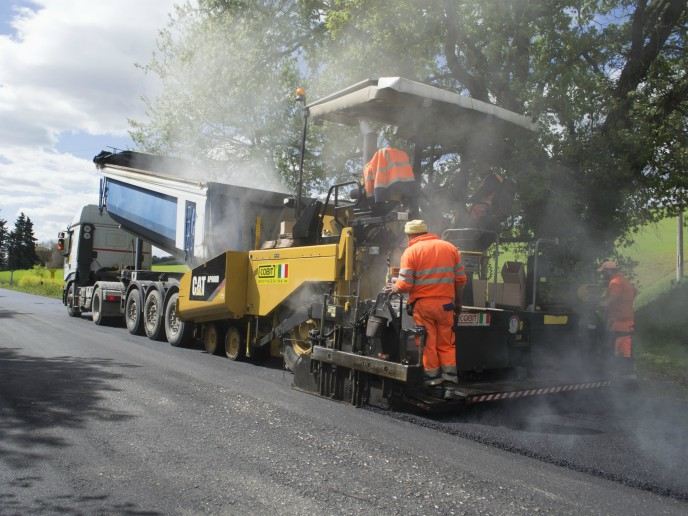Safer pedestrian crossings
Road accidents are a leading cause of preventable death. In urban areas, approximately 40 % of fatal accidents involve pedestrians at crossings. Likelihood of injury is proportional to vehicle speed. Slowing traffic from 50 to 30 km/h reduces risk of serious injury by 65 % and risk of death by 95 %. Speed reduction in the area of pedestrian crossings may be a partial solution. However, the current reliance on driver behaviour to achieve such slowing has proven ineffective. The EU-funded Pavnext(opens in new window) project proposed a device embedded in the road able to automatically slow a car from 50 to 30 km/h within 20 m. The project’s goals for phase one focused on feasibility testing, partly involving validation of the technical principles. Other goals for this phase included assessing the project’s industrial, marketing and economic plans. Concept demonstration “The system is only applied in the pavement, we don’t need to install anything in vehicles,” explains project leader Francisco Duarte. “The device has a specific surface, made of rubber from recycled tires, that moves downwards when vehicles cross it, but in a way that doesn’t induce any impact to the vehicle or discomfort to its occupants.” The technology also harvests kinetic energy from moving vehicles. “The downward motion activates an electromagnetic mechanism embedded in the road, which transforms the movement into electrical energy,” adds Duarte. This energy can be returned to the grid, or used locally for illumination and many other purposes. Testing of a full-scale prototype confirmed the system’s ability to slow cars in a realistic urban environment. The study also documented the amount of energy the system harvests under different conditions and with different types of vehicles. Trials confirmed the prototype system’s capacity to monitor electricity production and traffic, specifically vehicle speed and weight. The team also examined various candidate materials and production processes. Hence, researchers concluded that the project concept is feasible. Not only does the prototype slow cars and generate electricity, costs also permit a competitive and marketable product. Installation is initially planned for pedestrian crossings, but the equipment could be used at any location requiring speed reduction. Marketing and development Dozens of marketing interviews with potential customers yielded a 90 % approval rating. The project team established partnerships with various municipalities to implement pilot programmes for further development and testing. Researchers also validated the project’s proposed business model, and clearly defined the investment needed to finish development and enter the European market. Next, the project will be applying for phase two funding. Such funding would allow Pavnext to implement a full-scale pilot plant, finish the product’s industrial development, certify the products and continue international development of its patent. The team also plans to establish partnerships necessary for implementing the proposed business model at European level. Others activities will include continuing market development and participation at various relevant European industry fairs. In the best case, the product may be ready for a large European market within 2 years, at first consisting mainly of local authorities. The outcome may be safer roads and fewer casualties.







